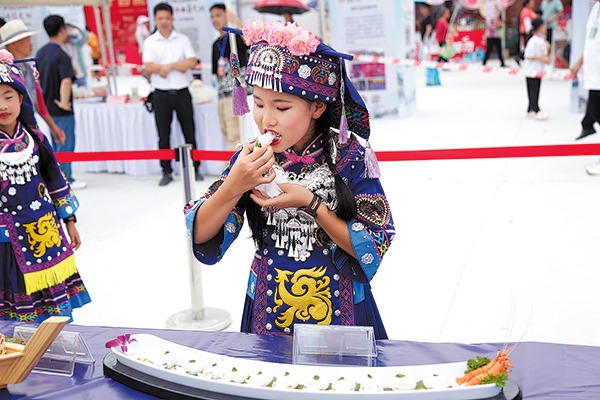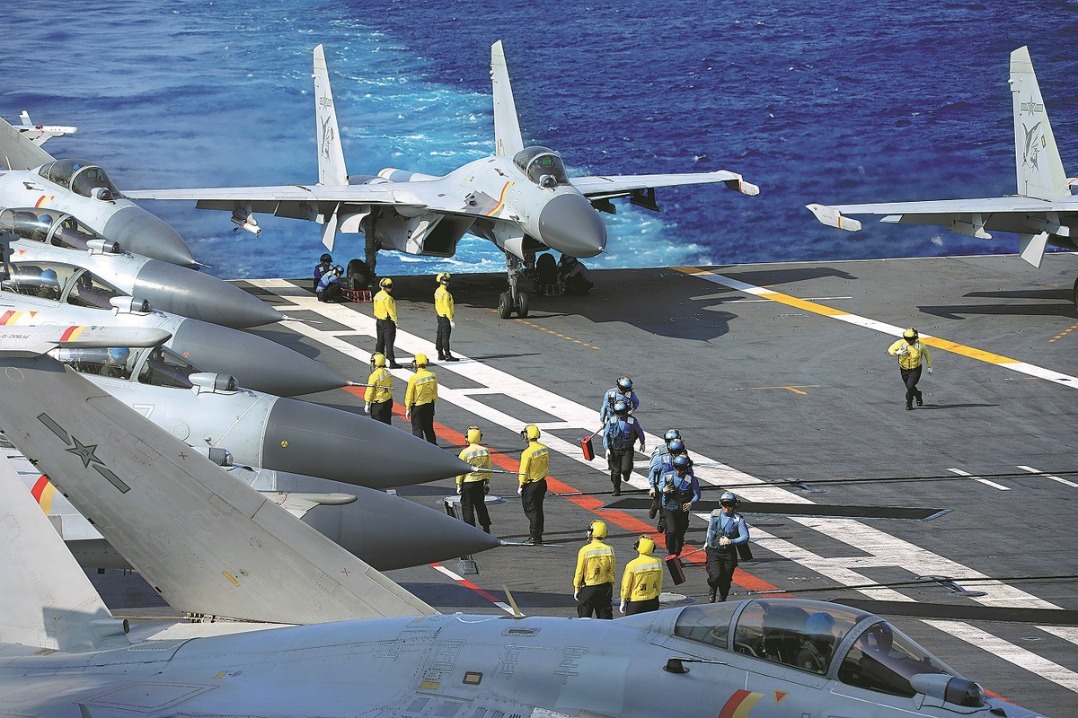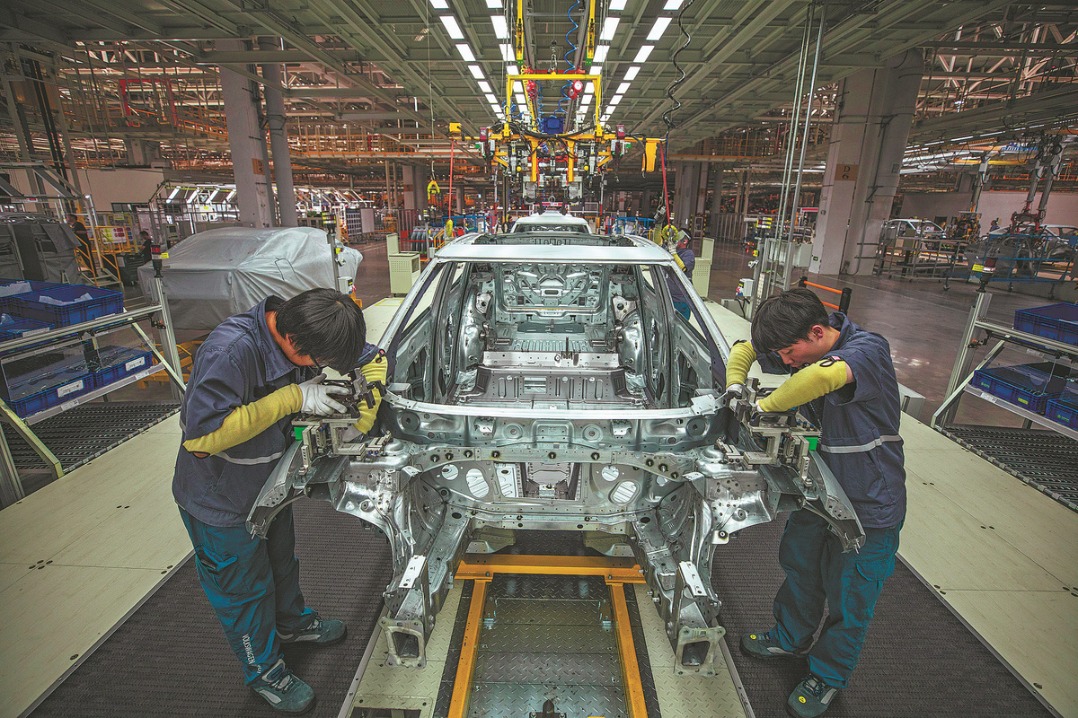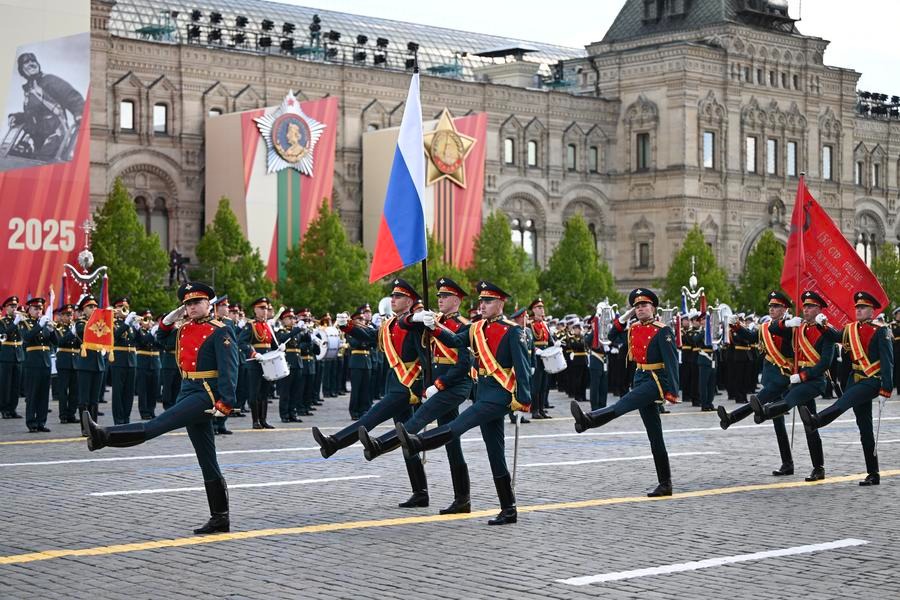Human connection


China's global humanitarian assistance, actions and approaches have made it stand out as a practitioner of true multilateralism
In recent years, the global demand for humanitarian assistance has risen sharply. According to the United Nations Office for the Coordination of Humanitarian Affairs, 2023 will set another record for humanitarian relief requirements, with 339 million people in need of assistance in 69 countries. The estimated cost of humanitarian response is $51.5 billion, a 25 percent increase compared to the beginning of 2022.
China provided humanitarian assistance to countries in need in the very early days of the founding of the People's Republic of China. In recent years, China's humanitarian aid has become larger in scale, richer in content and forms, and been increasingly integrated into the international humanitarian assistance system.
The overall scale has expanded steadily. According to the report of "Emergency Humanitarian Assistance" issued by the China International Development Cooperation Agency (CIDCA), China carried out 822 international emergency humanitarian aid projects worth 15.2 billion yuan ($2.21 billion) from 2018 to 2022. In 2022, the assistance amount reached 3.8 billion yuan.
China has provided humanitarian assistance to a wider array of recipients, with most of the funds (about 97.37 percent) flowing to low-income and lower-middle-income countries. Developing countries in Asia and Africa have benefited the most, receiving 51.97 percent and 42.11 percent of the total funds respectively from 2018 to 2022. The forms include provision of goods and materials, cash assistance, the Global Development and South-South Cooperation Fund, and sending international search and rescue teams and medical experts to the recipient countries.
China has also upgraded its institutional capacity for humanitarian assistance. The emergency humanitarian assistance mechanism was established in 2004. In 2018, the CIDCA was set up, enabling China to provide foreign assistance in a far more integrated, coordinated and efficient way, and representing a milestone in the history of China's foreign assistance. China has also set up two international rescue teams, the China International Search and Rescue Team in 2001 and the China Search and Rescue Team in 2019, making it the first Asian country to boast two UN-certified heavy search and rescue teams. China also has five international emergency medical teams certified by the World Health Organization. To enhance the effectiveness of its assistance, China has also developed an evaluation framework to improve the monitoring of its humanitarian assistance programs.
In addition, China has enhanced cooperation with UN agencies to provide humanitarian assistance, particularly through the Global Development and South-South Cooperation Fund, which has implemented more than 130 projects in more than 50 developing countries, benefiting over 20 million people. Chinese enterprises and social organizations have also assumed an increasingly larger role in international emergency humanitarian assistance, especially in responding to natural disasters. For example, the China Foundation for Rural Development has implemented international humanitarian assistance and development aid projects in 28 countries and regions, with a total investment of over 360 million yuan, benefiting about 1.95 million people.
China's assistance covers almost all kinds of global emergency humanitarian crises, including traditional emergency relief for natural disasters, food aid to cope with famine and responding to public health emergencies. When it comes to devastating natural hazards, China normally responds rapidly, and Chinese rescue teams and relief supplies are often the first to arrive. China also pools resources together and combines the strengths of multiple players. For example, after the recent earthquake in Turkiye and Syria, China provided 80 million yuan in emergency assistance, including sending heavy rescue teams, providing relief supplies and cash assistance. Social organizations such as the Red Cross Society of China, the China Foundation for Rural Development, and the Pingyi Charity Foundation have also provided assistance to both countries.
In response to the worsening global food crisis caused by regional conflicts, extreme weather conditions, the COVID-19 pandemic and economic recession, China has provided bilateral emergency food aid to help countries in need. For example, amid sudden political upheaval in Afghanistan in August 2021, China provided about 12,300 metric tons of rice and wheat as emergency food aid. In 2020, China helped Pakistan control a plague of locust and stabilize agricultural production. China has also actively cooperated with the World Food Programme to jointly address global hunger. From 2016 to 2022, the Global Development and South-South Cooperation Fund launched nearly 50 food aid projects through United Nations World Food Programme, involving nearly 30 countries, including Laos, Yemen, Timor-Leste, Somalia and Zimbabwe.
In the context of the increased frequency and diversity of the outbreak of infectious diseases, China has prioritized its response to public health emergencies and greatly contributed to curbing the spread of major infectious diseases. Since 2020, China has joined the global fight against the COVID-19 pandemic, and launched the most wide-ranging and intense emergency humanitarian assistance campaign since the founding of the People's Republic of China. Over the past three years, China has provided billions of pieces of test kits, protective clothing, masks and other anti-pandemic supplies to 151 countries and 13 international organizations and has shipped a total of 5,246 tons of materials. China has delivered 520 million doses of COVID-19 vaccines to 110 countries and four international organizations. China was also the first to offer COVID-19 vaccines as a global public good, to support intellectual property rights exemption for vaccine research and development, and to work with developing countries on vaccine production.
In addressing the deteriorating global refugee situation, China has prioritized the survival and development rights of women, children and other vulnerable groups. For example, in distributing relief materials, China has encouraged women to register as recipients for their families to improve their status in family decision-making.
China has become a major contributor to international emergency relief efforts, generating benefits for all parties involved. China's humanitarian assistance not only abides by the UN Charter, but is also rooted in its own cultural genes and national character. Protecting life, respecting the independence and national ownership of recipient countries, reducing and resolving crises in development, and practicing true multilateralism are some of the key principles China has been following in providing humanitarian aid.
Looking ahead, China could give priority to enhancing the synergies of emergency humanitarian assistance across different sectors and players, integrating short-term responses with post-disaster reconstruction building to ensure longer-term sustainable development, upgrading the capacity of organizing and implementing assistance programs to improve effectiveness, and strengthening the coordination of humanitarian assistance with the international community.
Zhou Taidong is the director of the division of general affairs at the China Center for International Knowledge on Development. Yu Lu is an associate researcher at the China Center for International Knowledge on Development. The authors contributed this article to China Watch, a think tank powered by China Daily. The views do not necessarily reflect those of China Daily.
Contact the editor at editor@chinawatch.cn.

































